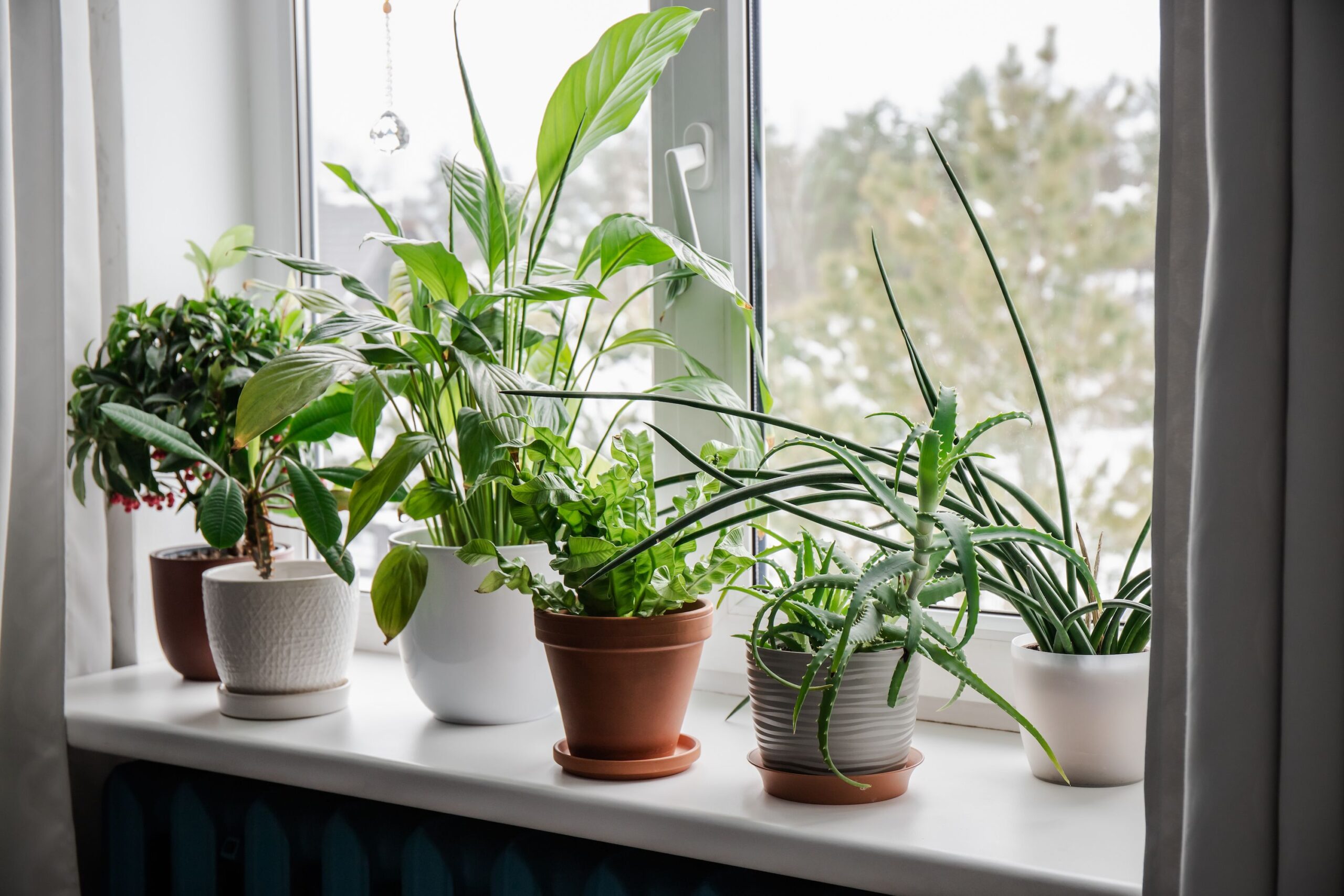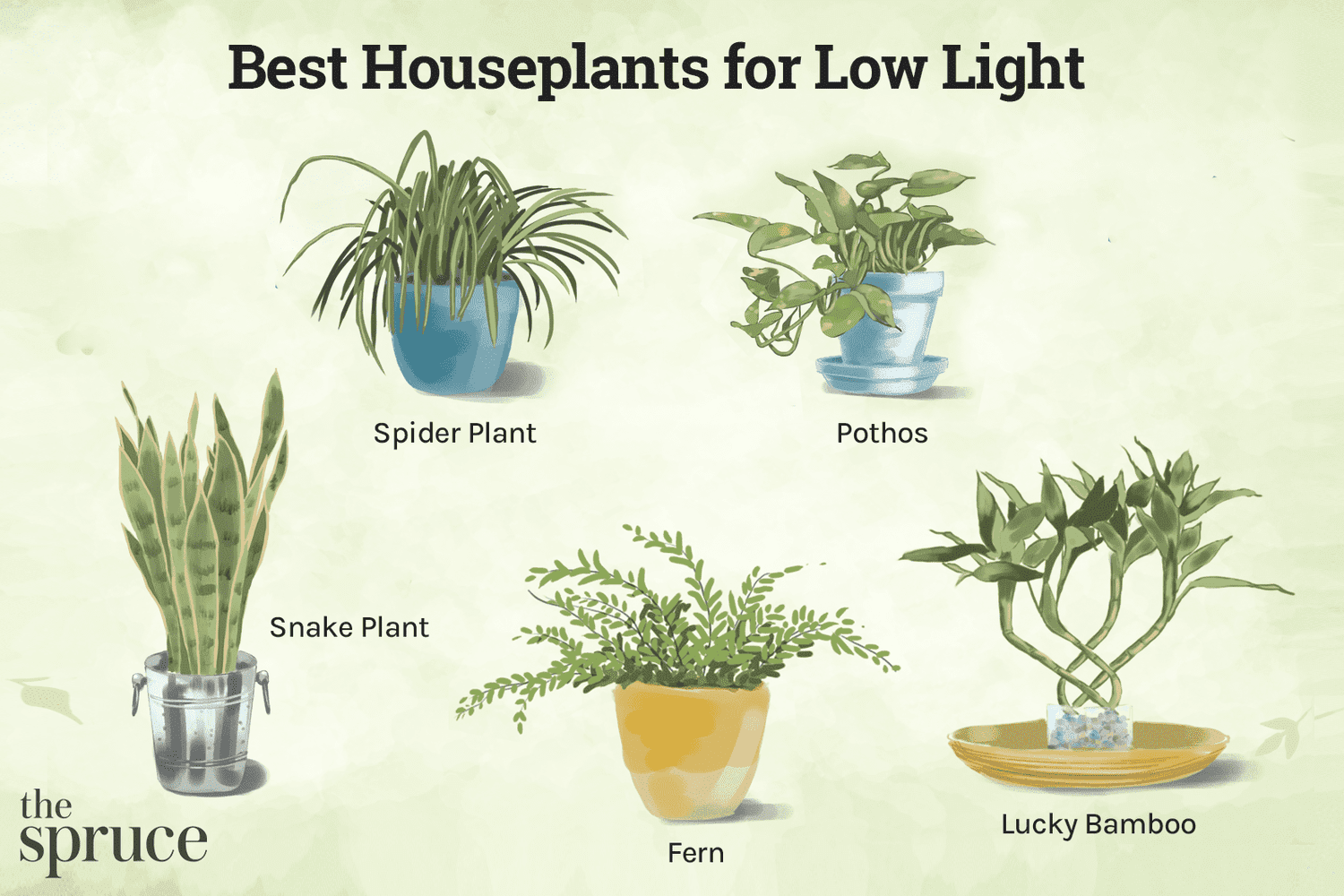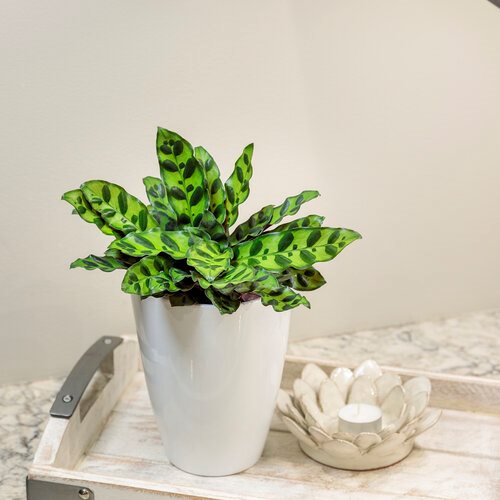Which Houseplants Suit Seasonal Changes?
Houseplants not only add beauty and life to our indoor spaces but also offer mental and physical health benefits. However, not all houseplants thrive in the same conditions all year round. Just like outdoor plants, indoor plants have different preferences when it comes to sunlight, temperature, and humidity levels. To ensure your houseplants stay healthy and happy throughout the changing seasons, it’s essential to choose plants that can adapt to these seasonal changes. Here are some houseplants that are well-suited to seasonal transitions:
1. Aloe Vera
Aloe Vera is a hardy succulent that is known for its medicinal properties. This plant thrives in warm and bright conditions, making it ideal for the summer months. During the colder months, Aloe Vera can adapt to lower light levels and cooler temperatures by going dormant. This makes it a great choice for those looking for a low-maintenance plant that can withstand seasonal changes.
2. Spider Plant
Spider Plants are popular houseplants known for their air-purifying qualities and easy care. These plants can thrive in a variety of light conditions, making them versatile for seasonal changes. During the summer, Spider Plants can be placed in bright, indirect light, while in the winter, they can adapt to lower light levels. They also prefer cooler temperatures, making them perfect for the fall and winter months.
3. Snake Plant
Snake Plants, also known as Mother-in-Law’s Tongue, are another low-maintenance houseplant that is ideal for seasonal changes. These plants are extremely resilient and can survive in low light and fluctuating temperatures. Snake Plants prefer drier conditions, making them perfect for the winter months when indoor humidity levels tend to drop. They also thrive in bright, indirect light during the warmer months.
4. ZZ Plant
The ZZ Plant is a popular choice for those looking for a hardy and low-maintenance houseplant. This plant can thrive in a variety of light conditions, from low to bright indirect light. During the winter months when natural light levels are lower, the ZZ Plant can adapt and continue to grow slowly. Its ability to store water in its rhizomes makes it drought-tolerant, making it suitable for seasonal changes.
5. Pothos
Pothos, also known as Devil’s Ivy, is a popular trailing houseplant that is perfect for beginners. This plant can tolerate a wide range of light conditions, from low to bright indirect light. During the winter months when natural light levels decrease, Pothos can adapt by slowing down its growth. Its ability to thrive in varying humidity levels makes it ideal for seasonal changes.
6. Peace Lily
Peace Lilies are elegant houseplants known for their beautiful white flowers and air-purifying qualities. These plants prefer bright, indirect light but can also adapt to lower light levels. During the colder months, Peace Lilies can tolerate cooler temperatures and lower humidity levels. Their resilience and ability to bloom in different conditions make them a great choice for seasonal changes.
7. Rubber Plant
Rubber Plants are large, attractive houseplants that can adapt to a variety of light conditions. These plants thrive in bright, indirect light but can also survive in lower light levels. During the winter months, Rubber Plants may go dormant and require less water and fertilizer. Their ability to survive in different light and temperature conditions makes them suitable for seasonal changes.
Conclusion
When choosing houseplants for your home, it’s essential to consider their adaptability to seasonal changes. By selecting plants that can thrive in different light, temperature, and humidity levels, you can ensure your indoor garden remains vibrant and healthy throughout the year. The plants mentioned above are just a few examples of houseplants that are well-suited to seasonal transitions. Experiment with different types of plants to find the ones that best suit your home and lifestyle.



